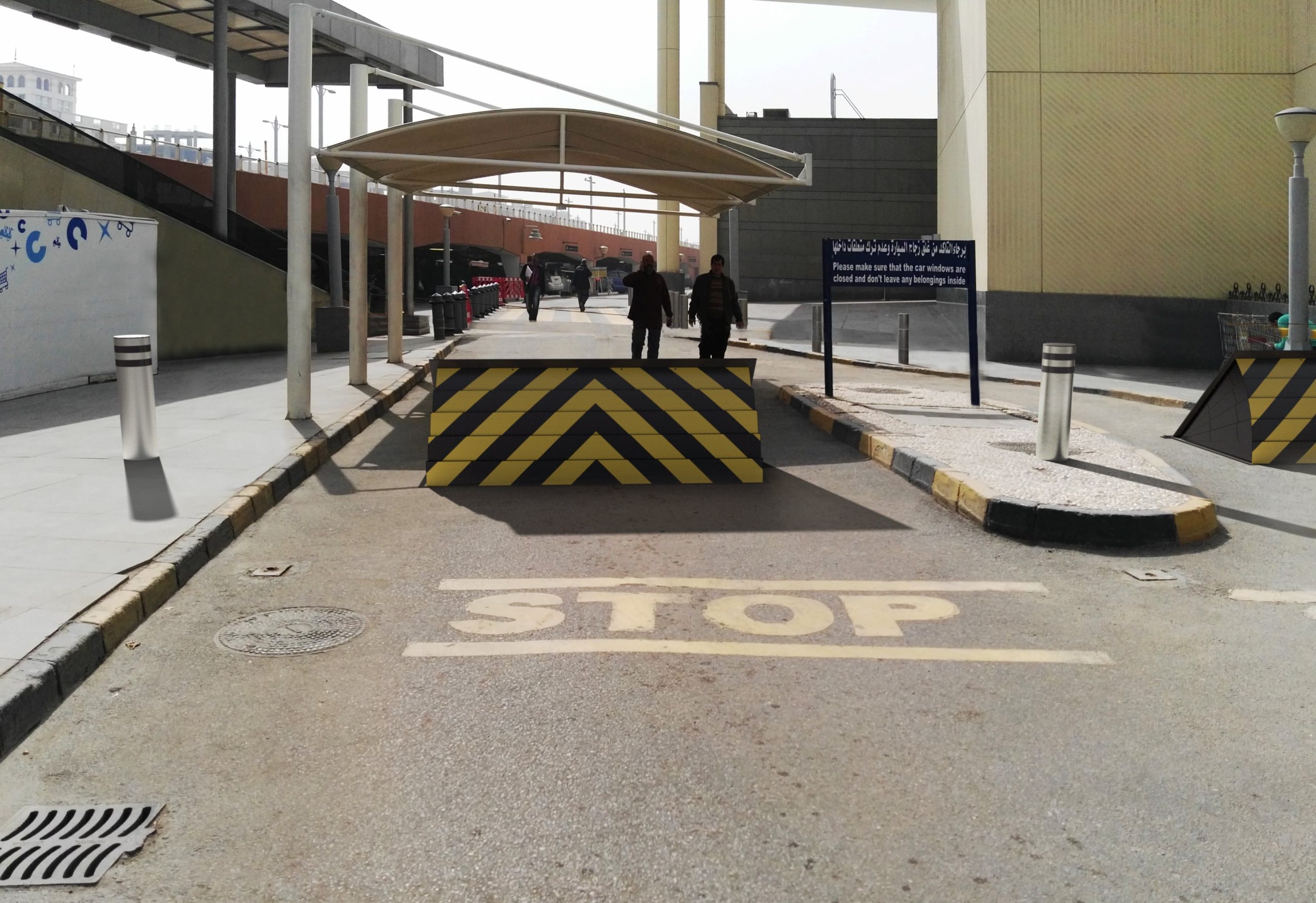
Are You Concerned About Road Safety? How Road Blockers Address Your Concerns and Enhance Pedestrian Protection.

Road safety is a concern that affects us all. From pedestrians to drivers, everyone benefits from safer streets.
Road blockers play a crucial role in this safety equation. They control traffic, protect pedestrians, and enhance overall road safety.
In this article, we delve into the world of road blockers, their types, and their impact on pedestrian protection and traffic management.
Understanding Road Blockers and Their Importance
Road blockers are security devices installed on roads. They control vehicle access and protect pedestrians.
These devices are vital in high-security areas. They prevent unauthorized access and deter potential threats.
Road blockers also play a role in managing traffic flow. They can help reduce congestion and traffic jams.
In essence, road blockers are a key component of urban safety strategies. They contribute to a safer and more secure environment.
Types of Road Blockers: From Manual to Crash Rated
There are various types of road blockers. They range from manual to automatic, each serving a specific purpose.
Manual road blockers are operated by security personnel. They are often used in low-traffic areas. Automatic road blockers, on the other hand, are controlled remotely. They are ideal for high-traffic areas.
Crash rated road blockers are designed to withstand high-impact collisions. They are used in high-risk areas to prevent vehicle attacks and accidents.
The Role of Road Blockers in Pedestrian Safety
Road blockers play a crucial role in pedestrian safety. They act as a physical barrier, preventing vehicles from entering pedestrian zones.
In busy urban areas, they help manage traffic flow. This reduces the risk of accidents involving pedestrians.
Moreover, in the event of a vehicle losing control, road blockers can stop it. This protects pedestrians from potential harm.
Road Blockers as a Solution to Traffic Jams and Congestion
Road blockers are not just about safety. They also help manage traffic flow. By controlling vehicle access, they can reduce congestion in busy areas.
In cities, road blockers can be used to create car-free zones. This can significantly reduce traffic jams.
Moreover, they can be used to enforce one-way traffic systems. This can further streamline traffic and prevent gridlock.
Installation and Maintenance: Ensuring Long-Term Effectiveness
Installing road blockers is a task for professionals. It requires careful planning and execution. The location, type of road, and traffic patterns all need to be considered.
Once installed, regular maintenance is crucial. This ensures the road blockers remain effective and safe to use.
Maintenance can include regular testing, cleaning, and part replacement. This helps to prolong the life of the road blockers and maintain their functionality.
Case Studies: Road Blockers in Action
In many cities, road blockers have proven their worth. They have effectively managed traffic and enhanced pedestrian safety.
For instance, in London, road blockers are used during major events. They prevent unauthorized vehicle access and protect crowds.
In New York, road blockers help manage heavy traffic. They ensure smooth flow and reduce congestion.
Choosing the Right Road Blocker for Your Needs
Choosing the right road blocker depends on your specific needs. Consider factors like traffic volume, security level, and available space.
For high-security areas, crash-rated road blockers are ideal. They can withstand high-impact collisions.
For managing traffic, automatic road blockers are a good choice. They can be operated remotely and adjusted as needed.
Conclusion: Enhancing Urban Safety with Road Blockers
Road blockers play a crucial role in enhancing urban safety. They protect pedestrians and manage traffic effectively.
By choosing the right type and maintaining them properly, their benefits can be maximized. They are a worthy investment for any urban area.
In conclusion, road blockers are a key tool in our arsenal for improving road safety and pedestrian protection.